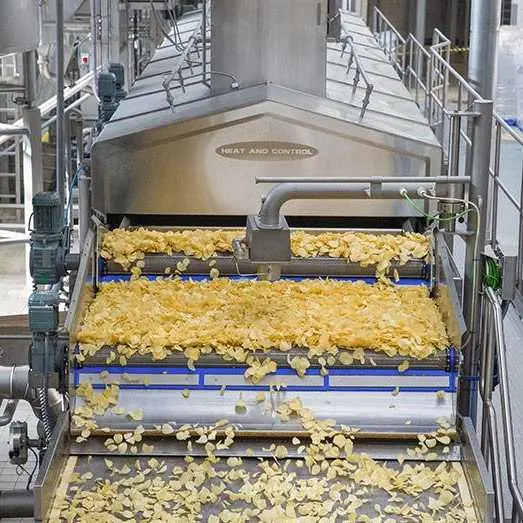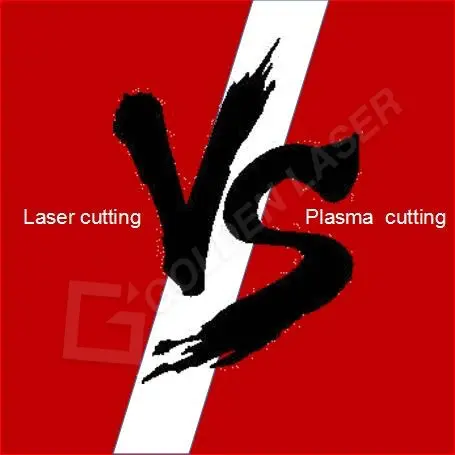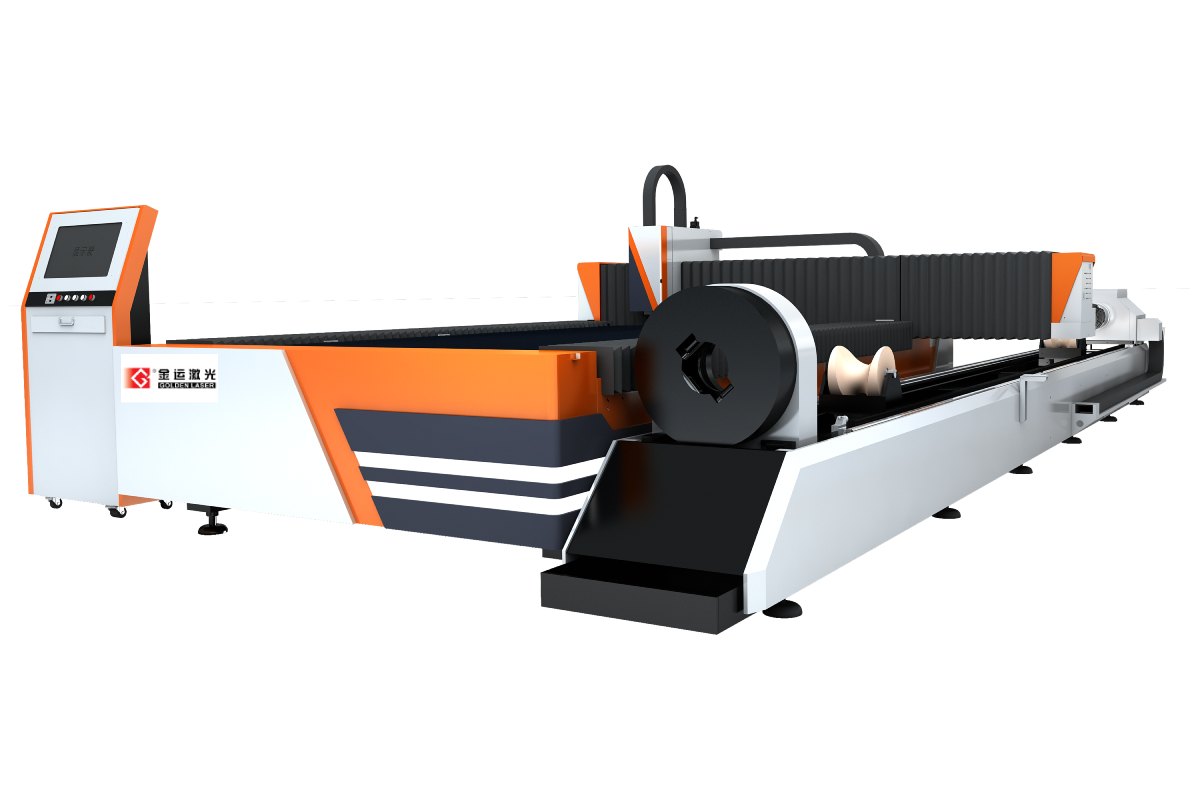Metal Cutting Machine has come a long way in its journey through advancing technology and innovation. Today, it plays a key role in various industries, from automotive manufacturing to aerospace engineering. This article delves into the evolution of metal cutting machines, highlighting the transition from manual tools to automated precision.
As industries began to flourish in the early stages of human civilization, metalworking emerged as a crucial craft. Initially, cutting and shaping metal was predominantly done manually, relying on basic hand tools such as chisels, saws, and files. However, with the advent of the Industrial Revolution in the 18th century, the need for faster and more efficient metal cutting techniques arose.
As steam power revolutionized industries, so did the metal cutting process. Under this backdrop, power-driven machines, such as the power hacksaw and the milling machine, were introduced. These tools significantly increased productivity while reducing the physical strain on workers. However, they still operated manually and required skillful operators to control the cutting process.

The Evolution of Metal Cutting Machine: From Manual Tools to Automated Precision
The next major milestone in metal cutting occurred during the 20th century with the invention of numerical control (NC) machines. These machines introduced a new level of precision and automation to metal cutting. NC machines used punched cards or magnetic tapes to control the movement of the cutting tool, enabling operators to replicate complex cutting patterns with consistent accuracy. Though these machines were indeed groundbreaking, they still had limitations in terms of flexibility and ease of use.

The Evolution of Metal Cutting Machine: From Manual Tools to Automated Precision

The Evolution of Metal Cutting Machine: From Manual Tools to Automated Precision
The advent of computer numerical control (CNC) machines in the late 1960s revolutionized the metal cutting industry. CNC machines integrated computer technology into the metal cutting process, enabling greater flexibility, accuracy, and efficiency. With the ability to program complex cutting paths, operators could produce intricate parts with minimal intervention. CNC machines also reduced the margin of error, resulting in higher quality products and reduced waste.
Today, the cutting-edge metal cutting machines are a far cry from their manual counterparts. Incorporating advanced technologies such as laser cutting and waterjet cutting, these modern machines offer unparalleled precision and versatility. Laser cutting machines employ a focused laser beam to melt or vaporize metal, achieving intricate cuts with exceptional accuracy. Waterjet cutting machines, on the other hand, utilize a high-pressure water jet mixed with abrasive materials to cut through metal, providing a cold cutting process without heat-induced distortions.
Furthermore, the emergence of automated robotic cutting systems has taken metal cutting to a whole new level. These systems employ robotic arms equipped with cutting tools, capable of autonomously executing complex cutting operations with precision. Integrated with computer software and sensing technologies, robotic cutting systems can adapt to changes in materials and cutting parameters, ensuring optimal results.
The evolution of metal cutting machines has revolutionized industries, propelling manufacturing and construction sectors to new heights. The introduction of automated precision has not only improved productivity but also enhanced worker safety. With continuous advancements in technology, the future of metal cutting machines looks promising, with the potential for even higher levels of precision, speed, and efficiency.
In conclusion, metal cutting machines have witnessed a remarkable transformation from manual tools to automated precision systems. From the days of labor-intensive manual cutting to the era of CNC machines and now cutting-edge robotic systems, the industry has never ceased to innovate. With the ability to perform intricate cuts accurately and efficiently, metal cutting machines will continue to shape the landscape of modern manufacturing for years to come. Dual table Fiber Cutting Machine
